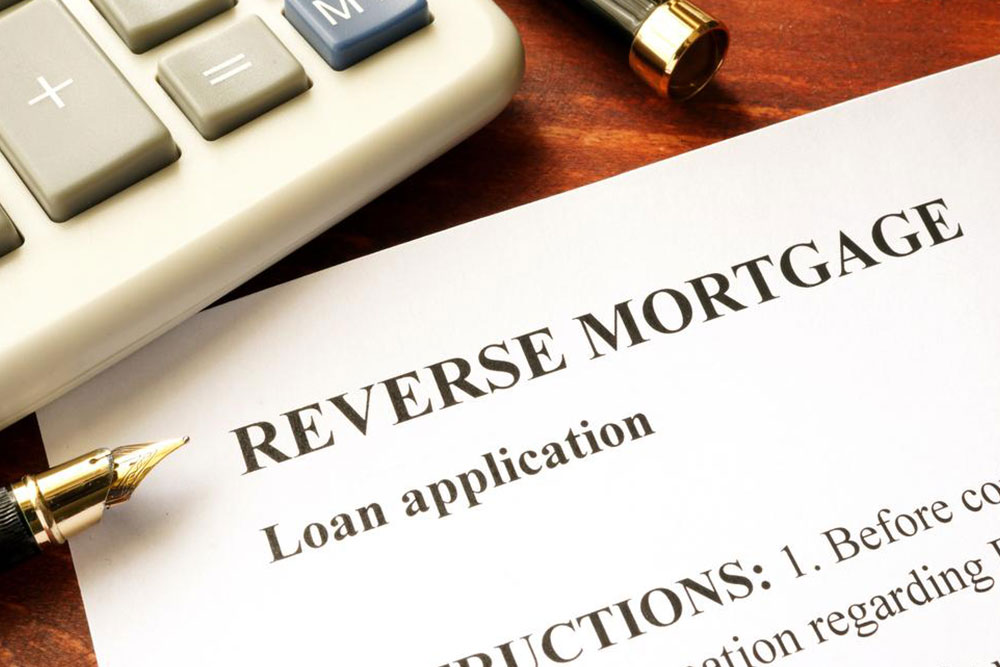A Comprehensive Guide to Solo 401(k) Plans: Benefits, Funding, and Withdrawal Rules
This detailed guide explores Solo 401(k) plans, highlighting their benefits, funding methods, and regulations for withdrawals. Perfect for self-employed professionals seeking tax-advantaged retirement options, the article covers contribution limits, administration, and essential deadlines to help maximize savings. Learn how immediate vesting, flexible investments, and loan features can enhance your retirement planning strategy. Discover the advantages of a Solo 401(k) for independent workers and how to navigate withdrawal rules effectively to ensure a secure financial future.

Exploring Solo 401(k) Plans: Advantages, Funding Options, and Withdrawal Regulations
Are you a self-employed individual looking for an effective way to save for retirement? The Solo 401(k), also known as an individual 401(k), offers a powerful, flexible, and tax-advantaged retirement savings solution tailored specifically for sole proprietors, independent contractors, freelancers, consultants, real estate agents, and other self-employed professionals. This comprehensive guide aims to explain the fundamentals of Solo 401(k) plans, their benefits, how to fund them, and important withdrawal rules to help you make informed decisions about your retirement strategy.
Understanding the nature of Solo 401(k) plans is essential for maximizing your retirement savings potential. These plans are specifically designed for self-employed individuals without employees (other than a spouse). They are compliant with Internal Revenue Code Section 401, which means they benefit from favorable tax treatment. Like traditional IRAs, these plans allow contributions to grow tax-deferred until withdrawal, but they also provide unique features that cater to the needs of independent workers.
What Exactly Is a Solo 401(k)?
The Solo 401(k) is a retirement savings vehicle that combines the benefits of traditional 401(k) plans with the flexibility needed by self-employed professionals. This plan can be established as a new trust or by transferring assets from existing retirement accounts such as IRAs, SEP IRAs, or other qualified plans. Its primary appeal lies in its high contribution limits, straightforward administration, and tax advantages.
Who Can Benefit from a Solo 401(k)?
This plan is ideal for freelancers, independent contractors, small business owners, real estate investors, and consultants who operate without full-time employees. Sole proprietors, single-member LLCs, and partnerships with no employees besides the spouse are eligible. If you earn self-employment income and want to maximize your retirement savings, a Solo 401(k) could be an excellent choice.
Funding Your Solo 401(k): Ways to Contribute
Funding a Solo 401(k) can be achieved through several means, offering flexibility to suit your financial situation. Contributions can be made via salary deferrals from your business income, allowing you to defer a portion of your earnings into the plan. Additionally, you can make profit-sharing contributions, which are based on your business profits. You may also include your spouse or partner as part of your business and make contributions on their behalf, further increasing your total contribution capacity.
Funding options include establishing a new trust, transferring assets from existing IRAs, or rolling over funds from previous employer-sponsored retirement plans. This flexibility allows you to consolidate your retirement savings and optimize growth potential.
Advantages of a Solo 401(k): Why Consider This Plan?
Tax Benefits: Contributions reduce your taxable income in the year they are made, and the investments grow tax-deferred until retirement, helping your savings compound more quickly.
Higher Contribution Limits: For 2023, you can contribute up to $22,500 as a salary deferral, with an additional 25% of your compensation as profit sharing, up to a total maximum of $66,000 (or $73,500 if age 50 or over).
Ease of Administration: Unlike traditional 401(k)s, Solo plans typically have less administrative hassle. Filing IRS Form 5500 is only necessary if the account balance exceeds $250,000.
Immediate Vesting: All contributions are fully vested upon deposit, meaning you have immediate control over your funds without a vesting schedule.
Loan Options: The plan allows for tax-free loans under specific conditions, providing liquidity if needed.
Flexible Investment Choices: You can choose various investment options, including stocks, bonds, mutual funds, ETFs, or real estate, giving you control over your retirement portfolio.
Withdrawal Rules and Considerations
Understanding withdrawal regulations is crucial to avoid penalties and optimize your retirement income. Withdrawals from a Solo 401(k) are generally permitted after reaching age 59.5 or upon retirement. However, early withdrawals before this age may incur penalties and taxes.
Early Withdrawals: Taking money out before age 59.5 typically results in a 10% penalty plus income tax on the amount withdrawn.
Hardship Withdrawals and RMDs: Certain hardship scenarios may allow for penalty-free withdrawals, but taxes still apply. Once you reach age 70.5, Required Minimum Distributions (RMDs) must be taken; failure to do so results in a hefty 50% penalty on the undistributed amount.
Contribution and Rollover Limits: For 2023, contribution limits are set at $22,500 (or $30,000 if age 50+) with the possibility of additional profit-sharing contributions. Rollovers from other plans do not count against these limits.
Tax Withholding: Distributions made before age 59.5 may be subject to a 20% withholding tax unless they qualify for an exception. Distributions towards principal and earnings should be carefully planned to minimize tax burdens.
Important Deadlines and Procedures
Proper timing and compliance are vital to optimize your Solo 401(k) benefits. The plan setup must be completed by December 31 of the tax year or the fiscal year-end. Contributions, whether via salary deferral or profit sharing, should be made before your business’s tax filing deadline, including extensions.
Key deadlines include:
Setup: December 31 or fiscal year-end
Salary deferral contributions: Due by the end of your business’s tax year
Profit sharing contributions: Usually due by your tax filing date, including extensions
Final Considerations
Choosing a Solo 401(k) plan offers self-employed individuals numerous advantages, from higher contribution limits and tax deferral to simple administration and flexible investment options. Proper planning around funding deadlines and withdrawal rules ensures you maximize your retirement savings and minimize unnecessary penalties. If you’re considering establishing a Solo 401(k), consult with a financial advisor to tailor the plan to your specific needs and ensure compliance with IRS regulations.





